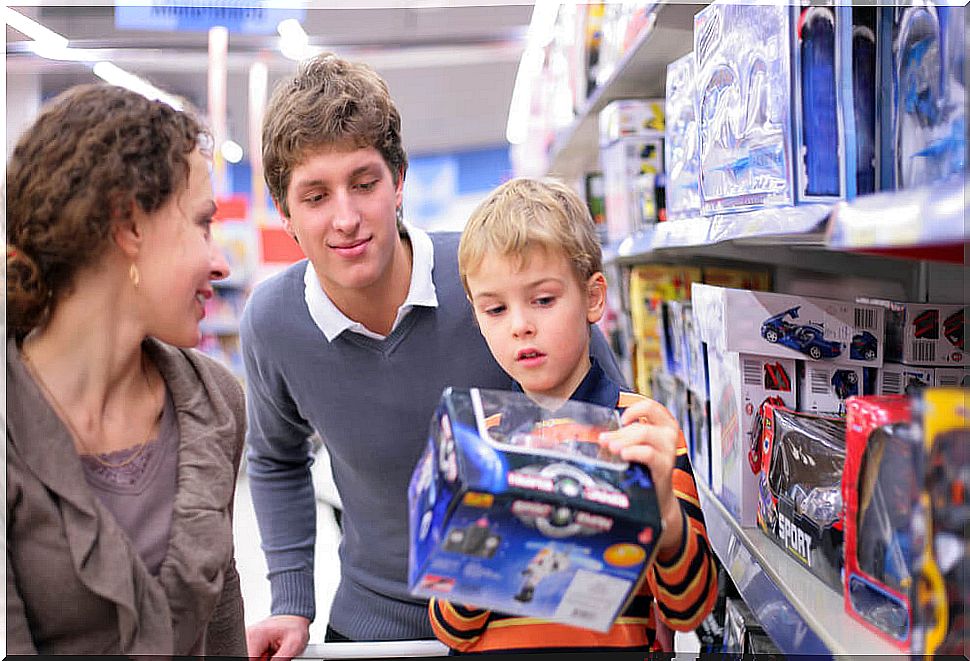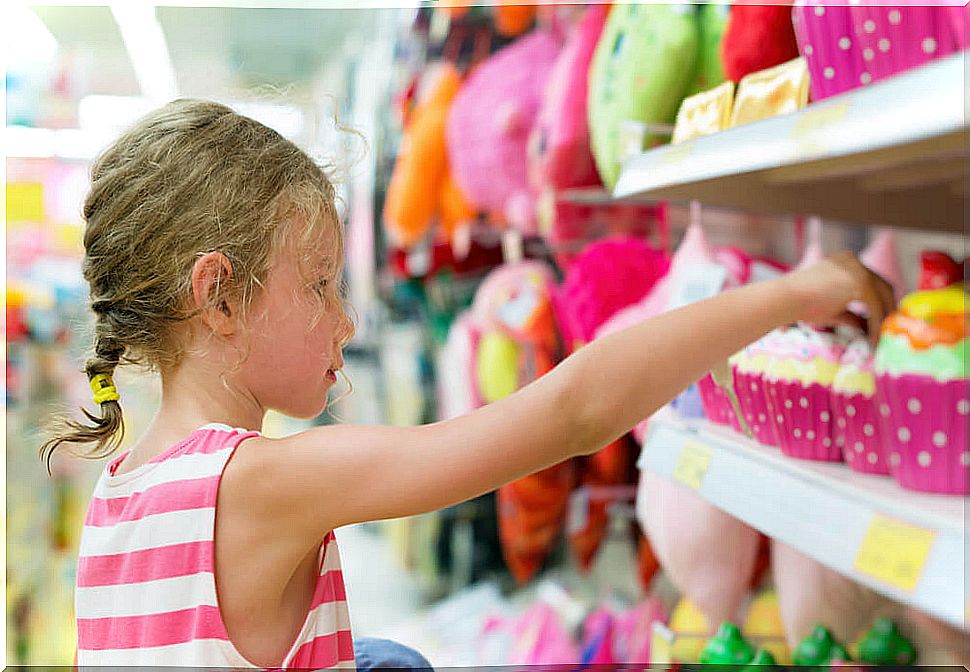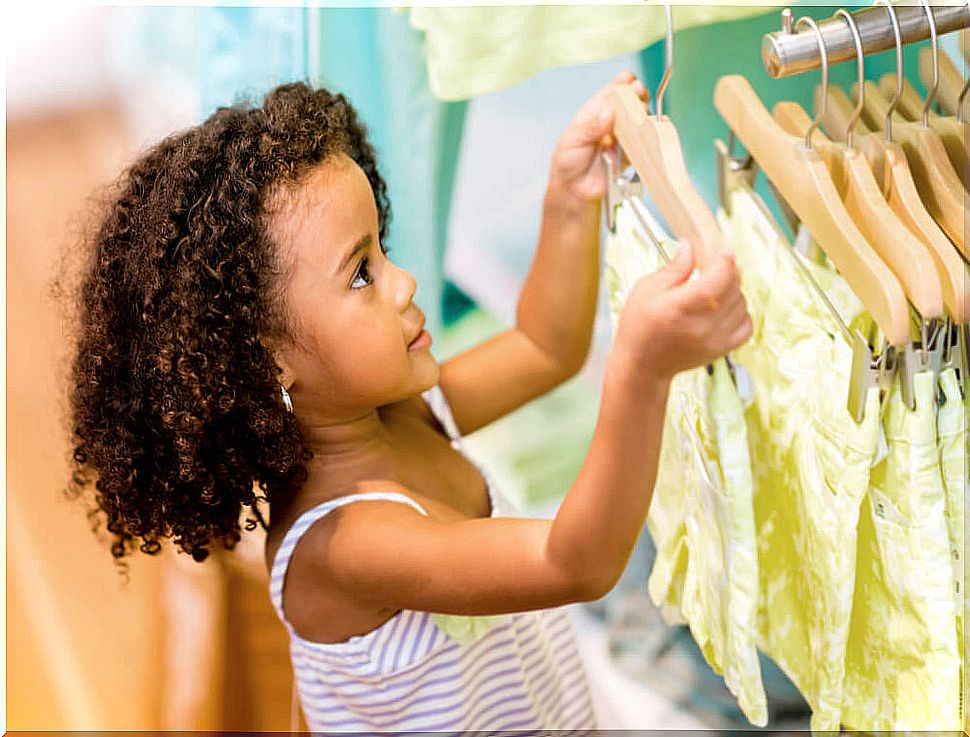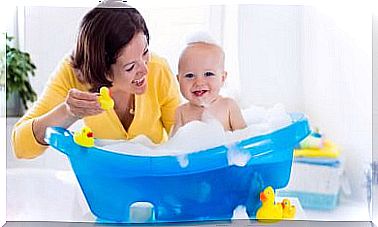Keys To Avoid Compulsive Consumerism In Children

Compulsive consumerism in children is increasingly widespread in developed countries. We understand that any activity that is carried out compulsively is detrimental to the health of those who perform it. How to avoid compulsive consumerism in children? Are there any keys to ending it?
In these days that are approaching, consumerism in children increases even more, if possible. Now there are many more stimuli offered by mass consumption, such as the influence of family, friends from school and the media, through television and the Internet.
There is a constant barrage to want to buy, even without needing it. And with the arrival of Christmas, the children’s sector is quite affected, since, practically, most television advertisements are directed towards this group.
Yes, friends, Christmas brings us good things, such as allowing us to be with the whole family together, but it also brings negative aspects, since it makes us slaves of consumption. We are true compulsive shoppers.

Born to buy
I want this, I want the other, I want that, I want, I want, I want … Probably the word or the words most used by children today. They are used to asking for and getting everything they want every time they ask for it. Little by little, they become compulsive shoppers, and avoiding compulsive consumerism in children becomes a tough task. Without realizing it, we are creating complete and true consumerists.
In Buckingham’s book Materialistic Childhood , the author comments that the large-scale production of goods specifically for children, such as books, toys and games, can be traced back to the 18th century (PLUMB, 1982), although the instruction manuals, toys, and clothing of the children of the nobility and the rich bourgeoisie was already produced in the 16th century (LUKE, 1989).
The development of children’s consumer culture accelerated in the mid-nineteenth century, in parallel with the emergence of new post-romantic ideas of childhood. In the same way that children were recognized as a pure and innocent distinct and special group, in need of careful protection, they also came to be seen as a potential market.
This potential market has not stopped being exploited and, although we might think that it was recent, the truth is that more and more children are being exploited with much more aggressive advertising. Such is the case, that they end up wanting to buy everything they see or, worse still, they end up buying everything that appears in the media.

6 keys to avoid compulsive consumerism in children
Here are some guidelines to teach responsible consumption and, in this way, avoid compulsive consumption in children:
- They need to be taught the difference between what is a necessity and what is a whim. We can ask questions of the type: “why do you think it is necessary?” “What are you going to use it for?” “Is it essential to develop a specific task?”
- It would be nice to teach them how to manage their pay. That they learn to save, since, if they spend everything at once, they will not have money for later. Giving them a piggy bank would be a good idea. This can help them learn to want things, to have a goal, and to get what they want.
- There is nothing more satisfying than getting something done on our own. We can show children how hard it is to earn money. One way to do this could be by paying them for certain favors or chores they do.
- Learn to recycle and reuse objects that, apparently, do not serve or are in disuse. If possible, substitute purchased items for handmade items. Making your own toys would be interesting.
- Let them see how advertising works. Make them realize how manufacturers and various advertisers use tricks to sell certain products. In this way, we will encourage the child not to stay with the first thing he sees, but to be able to search for information, to compare it and, thus, to know how to choose better.
- In short, knowing how to show children the value of things.










